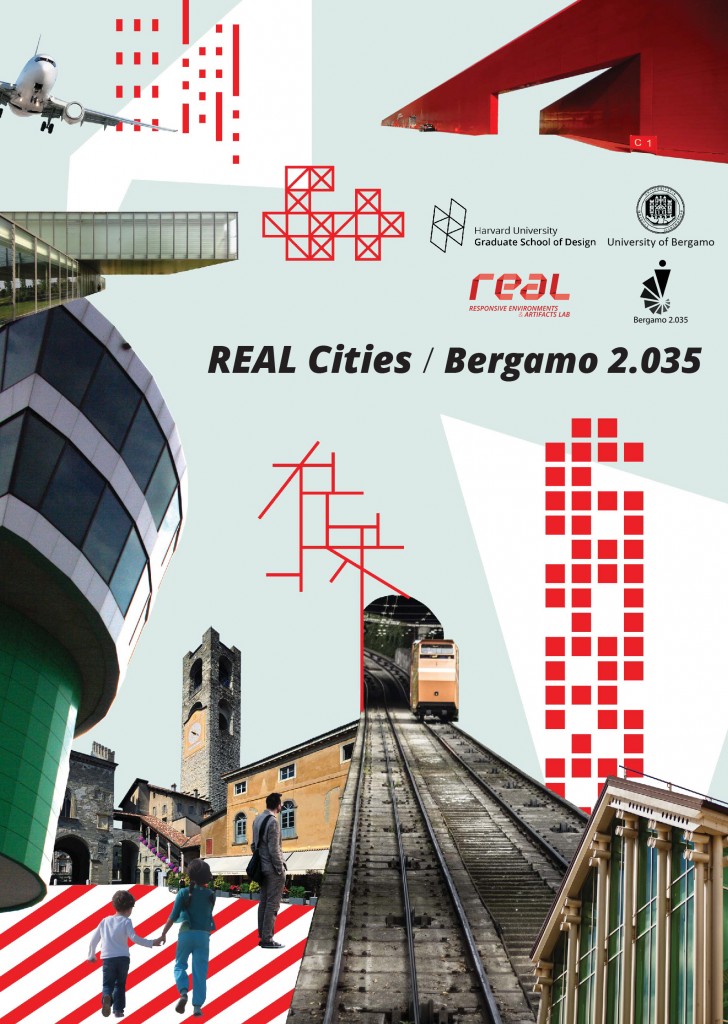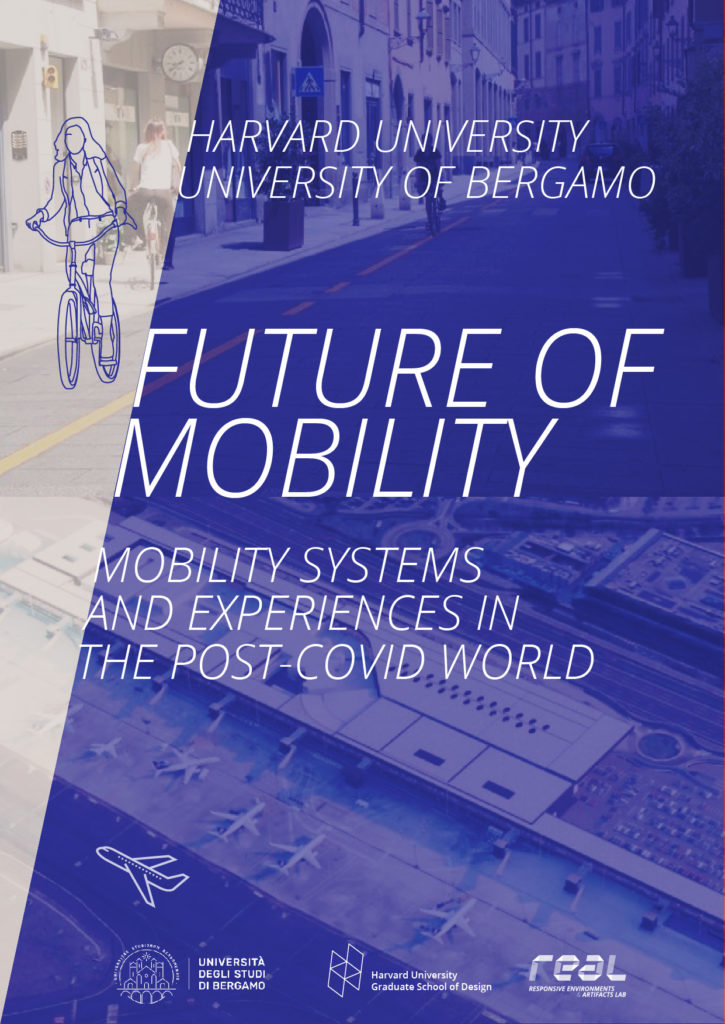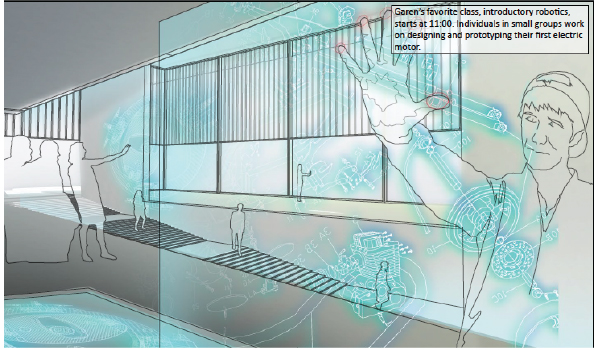What is the impact of technology on the experience of the built environment?
How can responsive environments facilitate the creation of new forms of relationships with the city?
How does mediated matter permeate our environments, our surroundings, and our personal space?
How can the dynamics of existing urban contexts promptly respond to the user needs and contextual occurrences?
How can we design for an audience that is rapidly adopting new technologies and what approaches can we take to embody responsiveness in our design decisions?
The research pursued by the lab tackles pressing problems of urban contexts by assuming that the inner intelligence of a city starts from its individuals and its built environment, and technology, tools and digital infrastructure augment what the specific community and a place have to offer. This research addresses the challenges related to the integration of digital technologies in cities, exploring both opportunities and repercussions on the spatial structure of the built environment as well as on the experience of citizens in both physical and virtual realms.
Studies at REAL also investigate the role of new augmenting and responsive technologies in articulating, mapping, and exploiting the specificities of places through a multi-sensory approach. Combining objective analysis and subjective experience, projects research urban qualities that are measurable that help us understand cities in new and perhaps previously unexplored ways.
By researching, designing, and prototyping responsive environments and artifacts that take advantage of the increasing number of opportunities that innovative technologies offer today, the main objective of these studies is to better inform design decisions for the creation of enhanced urban experiences and ultimately for the improvement of the daily lives of citizens ‒ beyond the efficiency- and optimization-driven approaches widely employed today by technology’s advocates.
RESEARCH TOPICS
Responsive + Augmented Environments
Spatial Ethnography and Environmental Psychology
Interaction Design
RESEARCH PROJECTS

Future of Air Travel
The “Future of Air Travel” initiative is a research project focused on exploring how advancements in design technologies can enhance our quality of life. Its primary objective is to envision the future of air travel by identifying and tackling both immediate and future challenges. This project is situated within the track of spatial ethnography, which investigates how design influences human behavior and experiences. As a part of the research, we consulted with representatives from Boeing, Clark Construction, Perkins & Will, gmp, and the Massachusetts Port Authority.
Future of Mobility
The “Future of Mobility” research project at the Graduate School of Design (GSD) at Harvard University. The initiative is an integral part of the Responsive Environments and Artifacts Lab (REAL) at Harvard GSD. Drawing upon the recent Covid-19 crisis and considering the peculiarities of the Bergamo region as a prototypal case study, the project aims to set up an interdisciplinary group dedicated to pursue research and innovation in the areas of transport and mobility, leveraging on a systemic and experiential view to develop innovative solutions to tackle both short- and long-term mobility challenges under a multi-stakeholder perspective.
Click here for more information.

REAL Cities | Bergamo 2035
The “REAL Cities | Bergamo 2035” research and teaching initiative is a multi-tier, multi-year academic collaboration between the Graduate School of Design (GSD) at Harvard University, USA, and the University of Bergamo (UNIBG), Italy. The initiative is an integral part of the Responsive Environments and Artifacts Lab (REAL) at Harvard GSD. The initiative employs a design-led approach with a close contribution from social sciences to understand and assess how new technologies and digital augmentation affect different aspects of the city ‒ the infrastructure, the operations and the people ‒ and make it smarter. The research assumes that the inner intelligence of a city starts from its community and its built environment, and technology, tools and digital infrastructures augment what the specific community has to offer. Putting the human being at the center and forefront, researchers at REAL and UNIBG investigate how new technologies can emphasize the qualities of the city in order to enhance the relationship between the individual and the urban environment, eventually creating new and mindful experiences for citizens within their everyday life.
Click here for more information.

ALivE
ALivE is a unique multi-disciplinary collaboration between the Wyss Institute for Biologically Inspired Engineering at Harvard University’s Adaptive Material Technologies platform and several research groups at the Harvard Graduate School of Design: the Responsive Environments and Artifacts Lab and the Material Processes and Systems Group. The research team jointly develops novel adaptive material systems that respond to environmental conditions and user input. These systems act both passively and actively to spatially, functionally, and experientially augment built environments. ALivE’s simultaneous mission is to develop a new model for design-science collaboration at Harvard, leveraging the opportunities afforded by the tight integration of applied, end-user-aware research methods with technology development.
PAST PROJECTS
Responsive Learning Environments
Why do we have to rethink the design of spatial learning environments today? Approaches for teaching and learning have long reflected prevalent cultural, social and economic values and attitudes in society. The supporting technologies – once chalkboards and physical labs – now embrace digital media, cloud computing, and a gamut of digital devices that allow access to digital resources anywhere and anytime. Pedagogies reflect the available tools and methods, but the design of the physical learning environments has been slow to adapt to a digital age and its new forms of learning. Contemporary physical learning environments – classroom, library, labs – should be conceived to support forward looking contemporary pedagogical approaches, thus incorporate the means and methods available at the time. But information technology and its related instructional technologies are often difficult at best to implement in schools that have been built for a purely analog mode of teaching. The design of the high school system provides a unique opportunity to prototype innovative technologically responsive learning environments that can lead as a model of innovation into the future.
Digital Cities
Digital Cities’ research mission is to provide a research platform to envision, investigate and develop solutions for tomorrow’s societies by uniting innovation in technology and design in a strategic context. We are interested in the convergence of several design/ technology-related fields to analyze and address challenges in the near to distant future, from micro to macro-scale. Situated within the Harvard community, DCS’s research builds on bringing together minds of academia, industry and policy to explore, envision and co-create future solutions in harmony with economic, environmental and societal goals.
Research sponsored by Humana.



